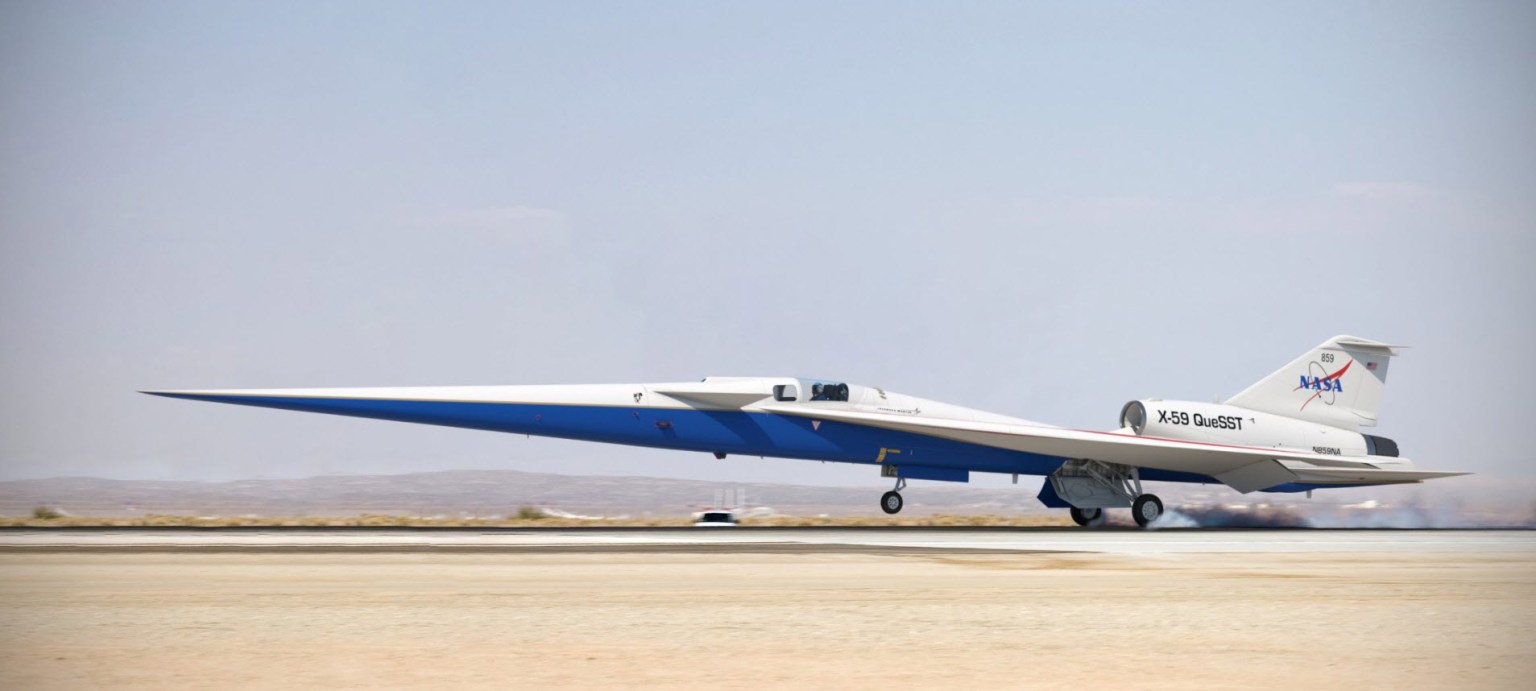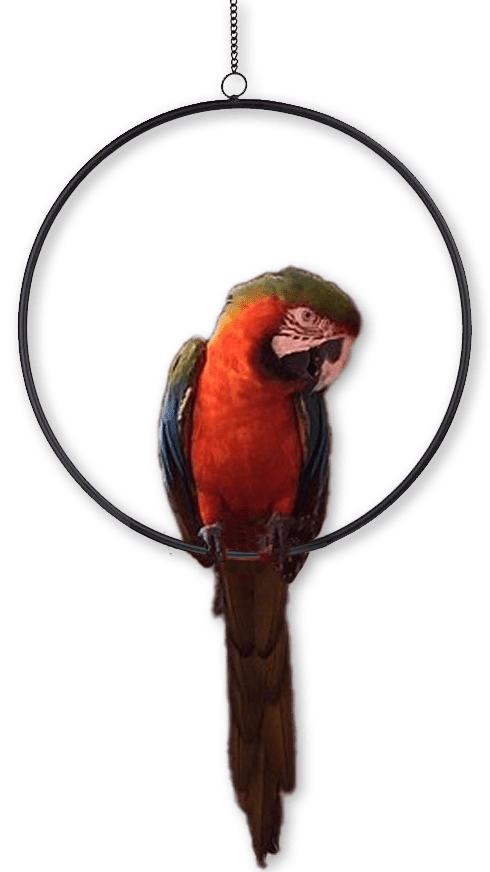3 min read
Preparations for Next Moonwalk Simulations Underway (and Underwater)

The goals of the working group were to:
- Endorse or recommend changes to H2S SMAC levels that had been proposed by the JSC Toxicology Laboratory
- Review a draft H2S SMAC manuscript prepared by the JSC Toxicology Laboratory
- Provide any additional insight and consideration regarding H2S toxicity that should be considered for spaceflight programs
Background
The NASA Spaceflight Human-System Standard (NASA-STD-3001) establishes that vehicle systems shall limit atmospheric contamination below established limits [V2 6050] Atmosphere Contamination Limit. The JSC Toxicology Laboratory maintains the JSC 20584 Spacecraft Maximum Allowable Concentrations for Airborne Contaminants document, which contains a table of SMAC values for a variety of chemicals including carbon monoxide, ammonia, heavy metals, and a wide range of volatile organic compounds. SMACs are documented for 1-hr, 24-hr, 7-day, 30-day, 180-day, and 1000-day time spans for each chemical, and express the maximum concentration to which spaceflight crew can be exposed for that duration.
The organ system that is affected as well as the effect (symptoms) are also documented for each SMAC. For more information on SMACs, see this article Exposure Guidelines (SMACs and SWEGs) – NASA and the OCHMO Spaceflight Toxicology technical brief technical brief.
A SMAC value for hydrogen sulfide has not previously been established since it has not been of concern in spacecraft. However, with Artemis missions returning to the moon there is a possibility that H2S could be released within spacecraft during lunar sample return, given that this compound may be a component of lunar polar ice. H2S has an intense smell of rotten eggs and therefore has a distracting psychological element. Physiologically it has been shown to be an irritant at low concentrations and in high concentrations can potentially lead to neurological effects and unconsciousness.
Hydrogen sulfide SMAC values will define safe limits for spaceflight crews on future missions and could drive new requirements for monitoring and mitigation of this chemical during spaceflight.
Conclusions
Key points of the review were:
- The proposed 1-hour, 24-hour, 7-day, 30-day, and 180-day SMAC values were deemed appropriate and were endorsed by each of the panel members.
- The proposed 1000-day SMAC value is so low that the panel’s opinion is that this SMAC may not be attainable due to human-generated sources, and that these concentrations do not represent a true toxicological risk. The recommendation is to eliminate the 1000-day SMAC, or to call it a guideline.
- The general SMAC calculation approach and inclusion of safety factors is logical, although some additional rationale would be justified.
- Interactive and additive effects with other substances are considered negligible, particularly at these low concentrations.
- Microgravity-induced physiological changes are unlikely to exacerbate hydrogen sulfide exposure at these low concentrations.
- Recommendations were made with the understanding that these SMACs apply to pre-screened, healthy astronauts. For private spaceflight participants who may not be as well screened, the panel recommended individual physician attention and a review of all SMACs (including hydrogen sulfide), to identify sensitivities in certain populations (existing disease states, etc.).
- Passive dosimetry technology is available and should be considered for long-term monitoring at these low concentrations.
Following consideration of the panel’s recommendation, the NASA/TM-20240000101 Exposure Limits for Hydrogen Sulfide in Spaceflight was revised and released by the JSC toxicology group in January of 2024 and is available below.
About the Author
Kim Lowe
Details
Discover More Topics From OCHMO Standards
Human Spaceflight Standards
The Human Spaceflight & Aviation Standards Team continually works with programs to provide the best standards and implementation documentation to…

Aerospace Medical Certification Standard
This NASA Technical Standard provides medical requirements and clinical procedures designed to ensure crew health and safety and occupational longevity…

Aviation Medical Certification Standards
This document provides the standards and administrative procedures for the aviation medical certification of NASA aviation flight personnel. It ensures…

Technical Briefs
Technical Briefs are available for standards that offer technical data, background, and application notes for vehicle developers and medical professionals.…



